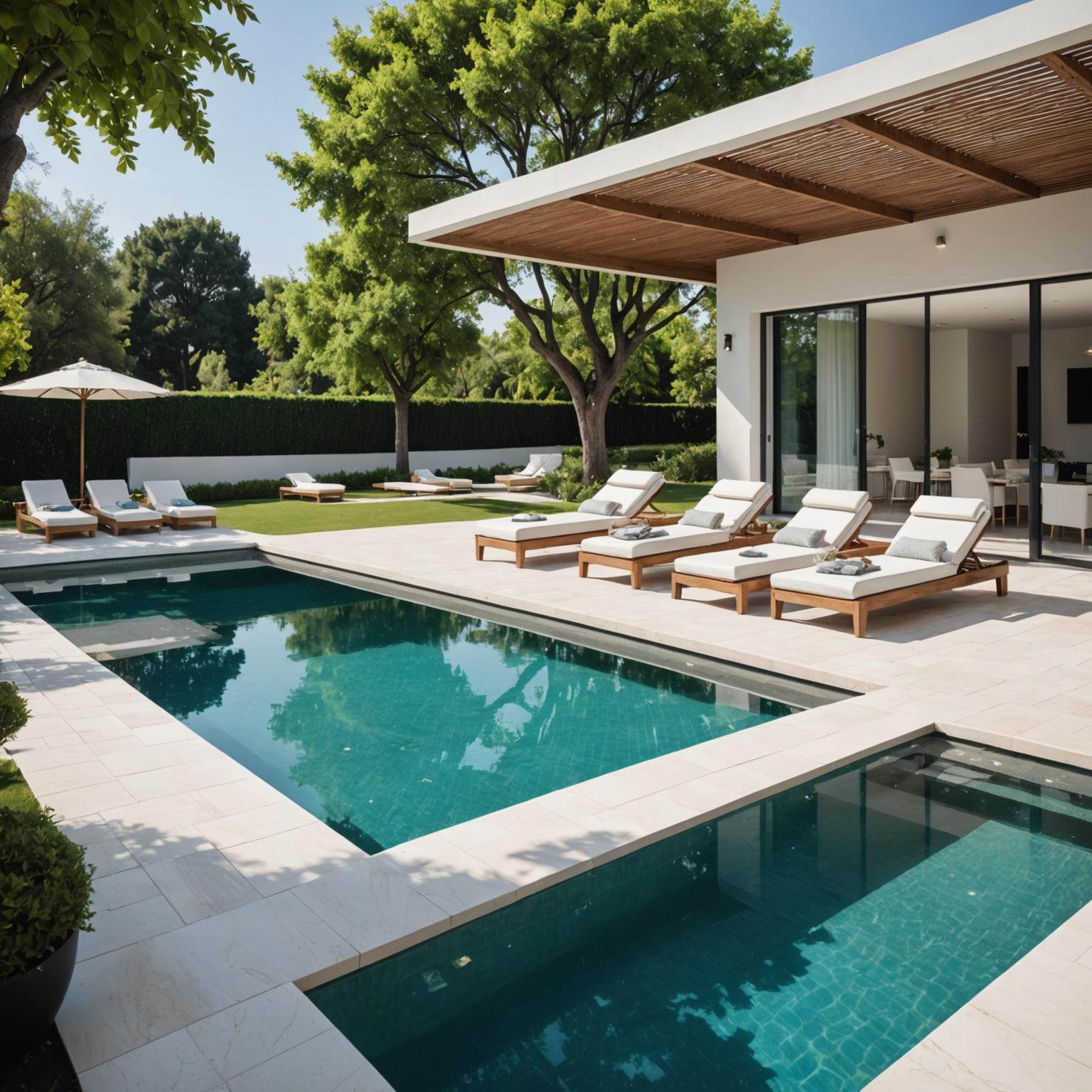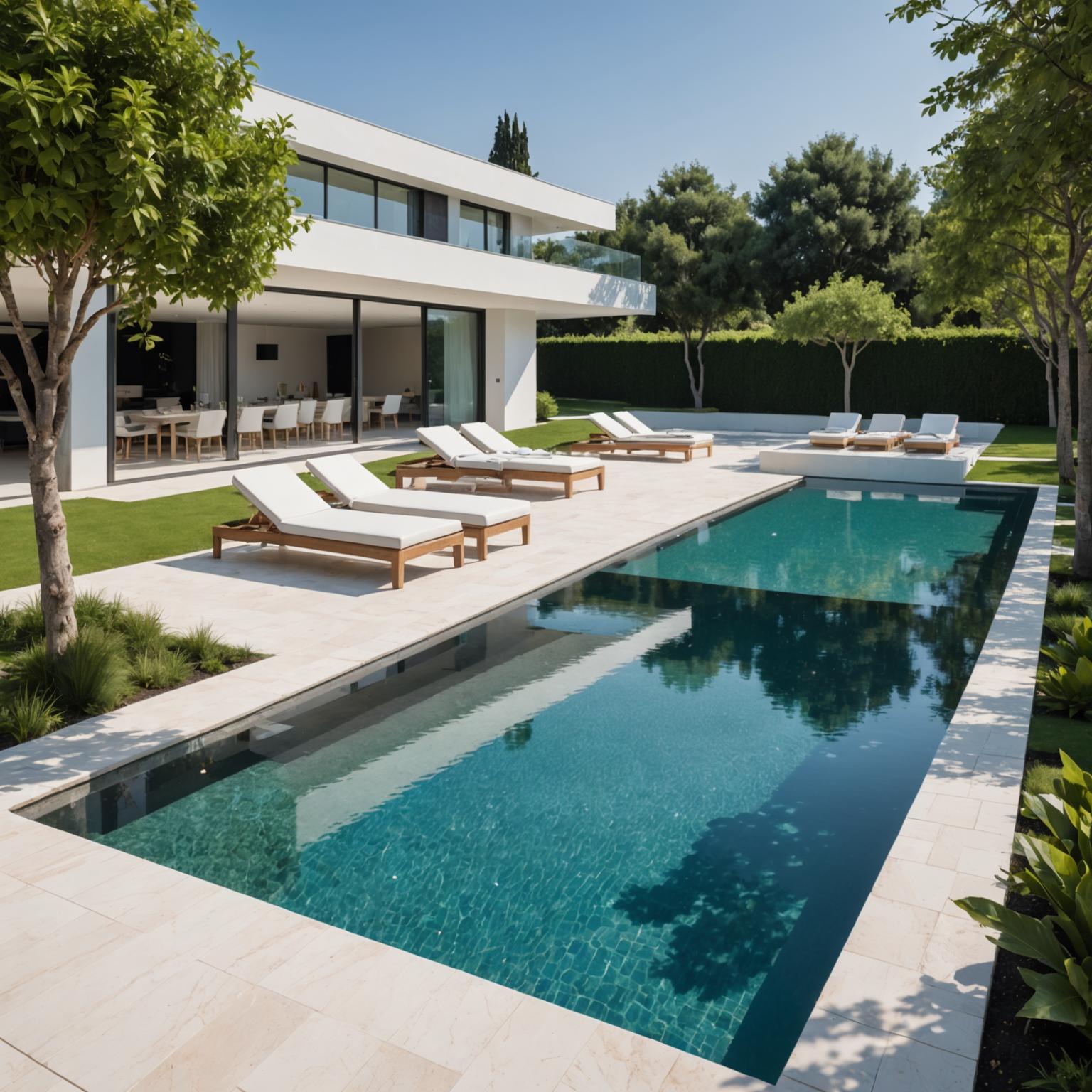
Precision by Design: How Pool Vacuum Head Manufacturers Optimize Flow, Durability, and Coverage
The Overlooked Engineering Behind a Simple Component
In many commercial and public pools, the vacuum head is often treated as a replaceable accessory rather than a key engineering component. Yet, this small device governs the flow uniformity, suction efficiency, and overall cleaning coverage of the system.
Low-grade models frequently suffer from uneven suction zones, water turbulence, and premature wear of brushes and wheels. These inefficiencies increase energy consumption, extend cleaning cycles, and elevate maintenance frequency.
The performance of a pool vacuum system is only as stable as its most neglected part — the vacuum head.
As modern aquatic facilities demand continuous operation and higher hygiene standards, manufacturers are re-engineering this component from the ground up with system-level precision.
The Mechanics of Flow: Hydrodynamic and Structural Design
Professional pool vacuum head manufacturers adopt design principles rooted in fluid dynamics and mechanical stability. The goal is to minimize energy loss while maximizing debris collection across varied pool geometries.
Key engineering aspects include:
-
Flow Path Optimization:
Internal channels are contoured to reduce turbulence and maintain laminar suction across the entire head width. -
Brush Alignment and Surface Friction Control:
Strategic brush spacing creates consistent contact pressure, balancing drag with effective debris lift. -
Buoyancy and Material Distribution:
Weighted ABS or POM components ensure the vacuum head maintains even bottom contact without sinking or floating excessively. -
Seal Integrity:
Precision-molded joints prevent air ingress, maintaining negative pressure and reducing pump strain.
Hydrodynamic symmetry is not cosmetic — it’s the defining factor that separates engineered performance from low-cost assembly.
These parameters directly determine how efficiently the cleaner operates over long sessions and how predictable its coverage pattern remains.
Comparing Conventional vs. Engineered Vacuum Heads
| Feature | Standard Commercial Head | Precision-Engineered Manufacturer Design |
|---|---|---|
| Suction Flow | Uneven, high turbulence | Balanced, low-resistance path |
| Material Strength | Basic PVC, limited lifespan | ABS or POM with reinforced stress points |
| Brush Design | Random distribution | Patterned for optimized surface coverage |
| Weight Distribution | Unbalanced, floats or drags | Calibrated buoyancy with counterweight |
| Maintenance | Frequent seal and wheel wear | Reduced friction, longer service intervals |
| Efficiency | ~70% suction recovery | ≥90% sustained vacuum performance |
Tests conducted across multi-lane pools show that engineered designs reduce total cleaning time by 25–30% and cut mechanical maintenance cycles nearly in half.
Adaptation Across Pool Environments
Pool vacuum heads are not one-size-fits-all. Their design must align with pool type, surface texture, and operational duration.
-
Resort and Hotel Pools:
Require silent operation and aesthetic uniformity. Smooth wheel bearings and flexible joints allow quiet, even gliding. -
Public Sports Facilities:
Demand high throughput and constant uptime; reinforced housings prevent deformation under high suction. -
Industrial Training Pools:
Face chemical corrosion and sediment-heavy loads; POM components and silicone-sealed joints offer resistance to chlorine and acidity. -
Architectural Pools (Infinity or Irregular Shapes):
Need swivel designs and adaptive head angles for wall-edge and step cleaning.
By aligning design geometry and material formulation with pool conditions, manufacturers enable measurable performance consistency across facility types.
Procurement Guidance: Choosing the Right Vacuum Head
Selecting a pool vacuum head should be a technical decision, not just a purchasing one. Buyers should consider the following criteria:
-
Flow Efficiency: Choose heads tested for minimal suction drop (<15%) over 10-meter hose lengths.
-
Chemical Resistance: Ensure material compatibility with chlorinated or saltwater environments.
-
Structural Durability: Look for impact-tested ABS frames with reinforced mounting joints.
-
Brush Module Flexibility: Replaceable or modular brush layouts extend lifespan and simplify servicing.
-
Compatibility: Verify connector diameters (1.5” / 2”) match existing vacuum lines.
Understanding these parameters ensures that facilities achieve consistent hygiene standards while maintaining predictable energy consumption and downtime control.
Engineered Reliability with OEM Manufacturing
As an OEM manufacturer, Bonny integrates design, molding, and assembly under a unified production process. Each vacuum head is precision-calibrated for industrial-grade stability and global export compliance.
Through continuous tooling optimization and material testing, Bonny’s production ensures consistency in suction efficiency, part interchangeability, and resistance to long-term mechanical stress.
For facility managers and distributors seeking custom-engineered solutions, visit Bonny’s homepage or contact us here for OEM collaboration and specification support.







